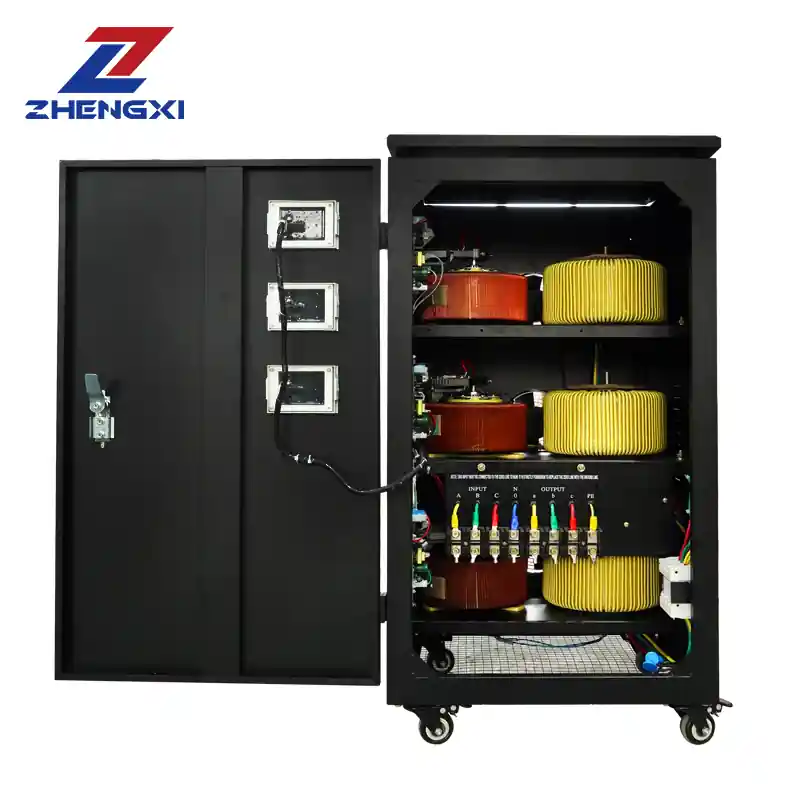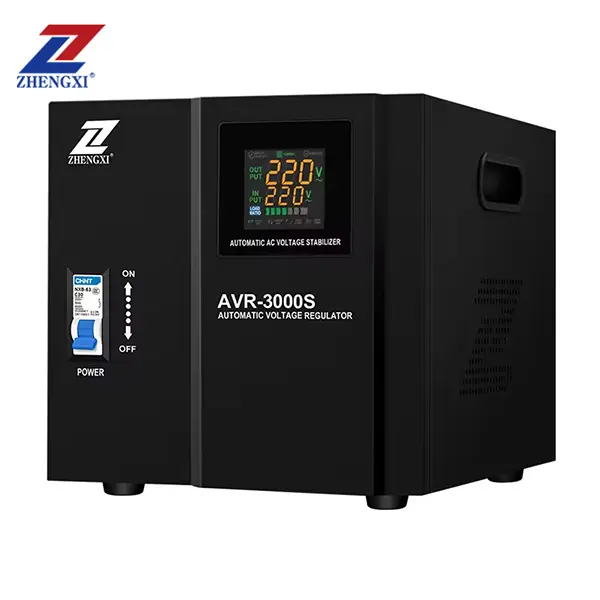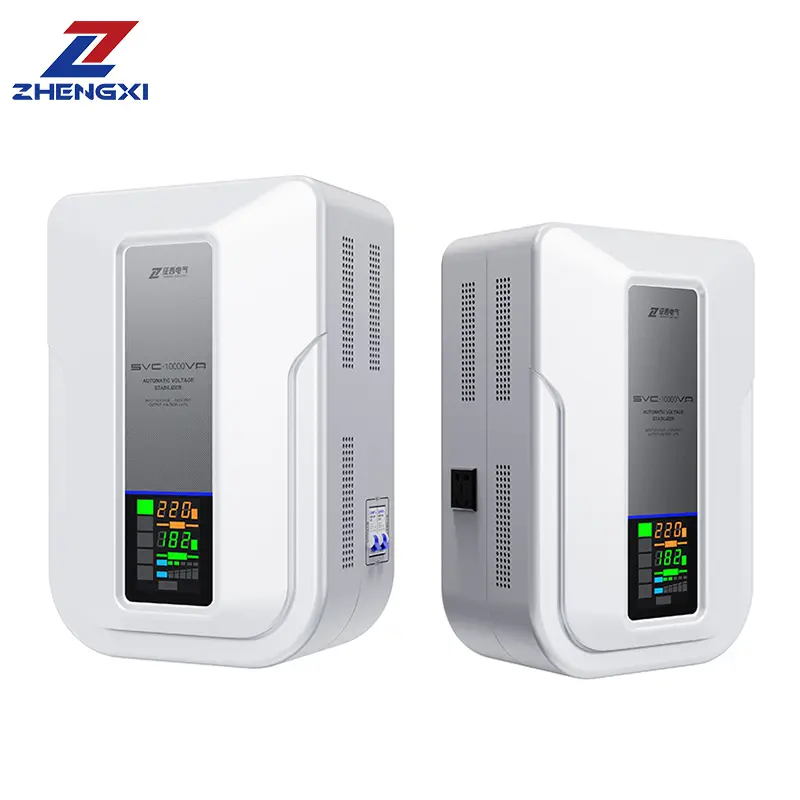Modern inverter air conditioners are celebrated for their energy efficiency and quiet operation. But a common question among wholesalers, distributors, and end‑users is: Do inverter ACs with built‑in inverters still need an external voltage stabilizer? In this detailed guide, we’ll unpack:
- How Inverter ACs Handle Voltage Fluctuations
- Limitations of Built‑In Inverter Protection
- Benefits of an External Voltage Stabilizer
- Choosing the Right Stabilizer for Your Inverter AC
- Installation Best Practices
- Frequently Asked Questions (FAQ)
By the end, you’ll understand whether adding a voltage stabilizer for inverter AC is a smart investment for safeguarding sensitive electronics and maintaining warranty compliance.
1. How Inverter ACs Handle Voltage Fluctuations
Inverter air conditioners regulate compressor speed by converting incoming AC mains to DC and then back to variable‑frequency AC. This built‑in inverter board can compensate for minor voltage dips (typically within ±10 V of the nominal 220 V), ensuring smooth operation and temperature control.
- Soft Start: Reduces inrush current on startup.
- Adaptive Frequency Control: Maintains efficiency even when input voltage wavers slightly.
However, this internal circuitry is not designed to withstand severe over‑voltage or prolonged under‑voltage events.
2. Limitations of Built‑In Inverter Protection
While built‑in inverters offer baseline defense, they have notable constraints:
- Voltage Range: Most inverter boards work safely only between ~180 V and 260 V.
- Surge Tolerance: Sudden spikes above 260 V (lightning, grid switching) can damage power electronics.
- Brown‑out Vulnerability: Extended drops below 180 V risk compressor lock‑out and control board resets.
Running your AC outside these bounds may trigger fault codes, prematurely age components, or void the manufacturer’s warranty.
3. Benefits of an External Voltage Stabilizer
An external voltage stabilizer ensures your inverter AC sees a consistent, safe voltage (e.g., 220 V ± 5 V). Key advantages include:
- Surge Protection: Automatically cuts off power when input exceeds safe limits.
- Undervoltage Boost: Raises dips back into the operating window to prevent brown‑outs.
- Noise Filtering: Cleans electrical interference that can confuse sensitive inverter controls.
- Warranty Compliance: Many AC brands require stable input voltage for full warranty validity.
By smoothing out dangerous voltage excursions, you’ll reduce service calls, extend the AC’s lifespan, and protect your brand reputation.
4. Choosing the Right Stabilizer for Your Inverter AC
When sourcing a voltage stabilizer for inverter AC price and spec, consider:
- Capacity (kVA): Select a unit rated at least 20% above your AC’s locked‑rotor current.
- Response Time: Static stabilizers (<10 ms response) are preferred to safeguard delicate inverter electronics.
- Input Voltage Range: Look for wide‑range models (e.g., 140–300 V) if your region experiences severe dips.
- Protection Suite: Ensure overload, short‑circuit, phase‑failure, and surge‐arrest features are included.
- Monitoring & Alerts: Digital displays and alarm outputs help diagnose issues before they escalate.
Partner with a reliable voltage stabilizer manufacturer who offers OEM/ODM options and bulk discounts to keep your margins healthy.
5. Installation Best Practices
- Placement: Mount the stabilizer close to the outdoor condenser unit, in a shaded, well‑ventilated spot.
- Wiring: Use appropriately gauged cables; avoid long runs that could introduce additional voltage drop.
- Earthing: Solid grounding protects both the stabilizer and inverter board from transient surges.
- Routine Checks: Every 6–12 months, inspect for dust, tighten terminals, and verify calibration under simulated voltage conditions.
FAQ
Q1. Can my inverter AC’s inbuilt board replace an external stabilizer?
No—the built‑in inverter handles minor fluctuations but lacks robust surge and brown‑out protection that an external stabilizer provides.
Q2. Will a stabilizer improve my AC’s energy efficiency?
Indirectly. By maintaining optimal input voltage, the compressor runs at its designed efficiency, avoiding overdraw during undervoltage events.
Q3. Is a servo or static stabilizer better?
For inverter ACs, static (solid‑state) stabilizers are ideal due to their ultra‑fast response (<10 ms) and maintenance‑free operation.
Q4. How do I size a stabilizer for multiple AC units?
Calculate the combined starting currents (locked‑rotor amps) and choose a stabilizer with at least 20–30% extra capacity.
Q5. Does using an external stabilizer void my AC’s warranty?
No—most manufacturers encourage or even require external voltage regulation to keep warranties valid.
Investing in a quality voltage stabilizer for inverter AC is a cost‑effective way to protect sensitive electronics, reduce downtime, and satisfy brand warranty terms. For competitive pricing, OEM flexibility, and proven reliability, partner with SUNWAY—your trusted voltage stabilizer manufacturer.









